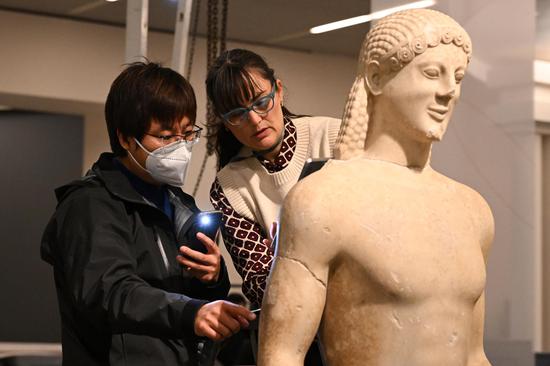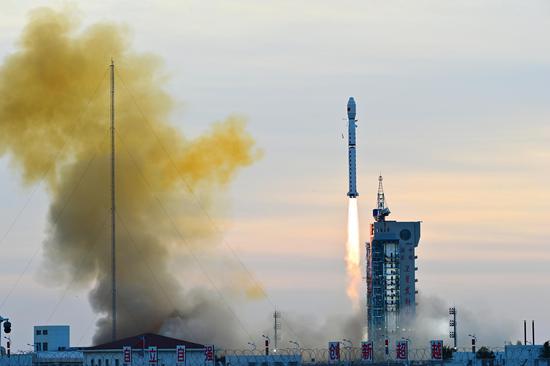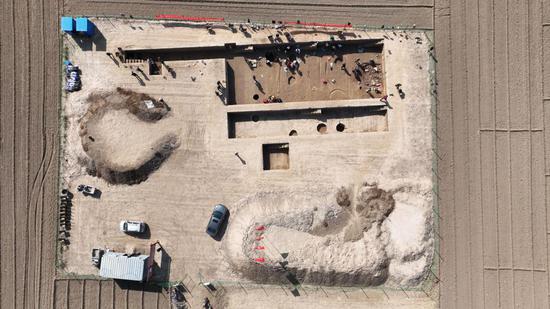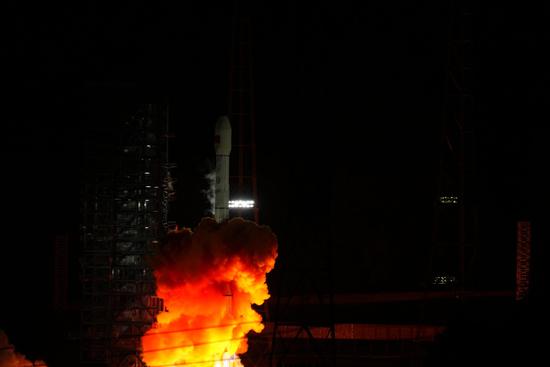(ECNS)-- The Tianlai Experiment Array, China's first dark energy radio detection initiative, has been officially recognized by the Square Kilometre Array (SKA) organization as an SKA Pathfinder Project, according to the National Astronomical Observatories of the Chinese Academy of Sciences on Monday.
This recognition opens up new opportunities for scientific exploration and the testing of new detection technologies for the SKA.
Located at an observation station in Hami, Northwest China's Xinjiang Uyghur Autonomous Region, the Tianlai project primarily conducts neutral hydrogen sky surveys.
These surveys are pivotal for studying large-scale cosmic structures and investigating frontier cosmological issues such as dark energy.
The array comprises two types of antennas: cylindrical and dish-shaped. The cylindrical radio array includes three cylindrical reflector antennas equipped with 96 feeds, while the dish array consists of 16 parabolic antennas, each with a diameter of 6 meters.
"As a Pathfinder Project, the Tianlai Experiment Array enables the testing of detection technologies related to neutral hydrogen sky surveys, allowing us to extract weak 21 centimeter neutral hydrogen signals. These technologies can be applied to the SKA project," said Chen Xuelei, chief scientist of the Tianlai project and researcher at the National Astronomical Observatories.
The SKA is a next-generation giant radio telescope array currently under construction, which is also an intergovernmental telescope project.
China, South Africa, the UK, Australia, and eight other countries are its official members. The SKA Pathfinder Projects and precursor projects include a number of large-scale scientific instruments around the world related to SKA’s scientific and technological objectives.


















































 京公网安备 11010202009201号
京公网安备 11010202009201号